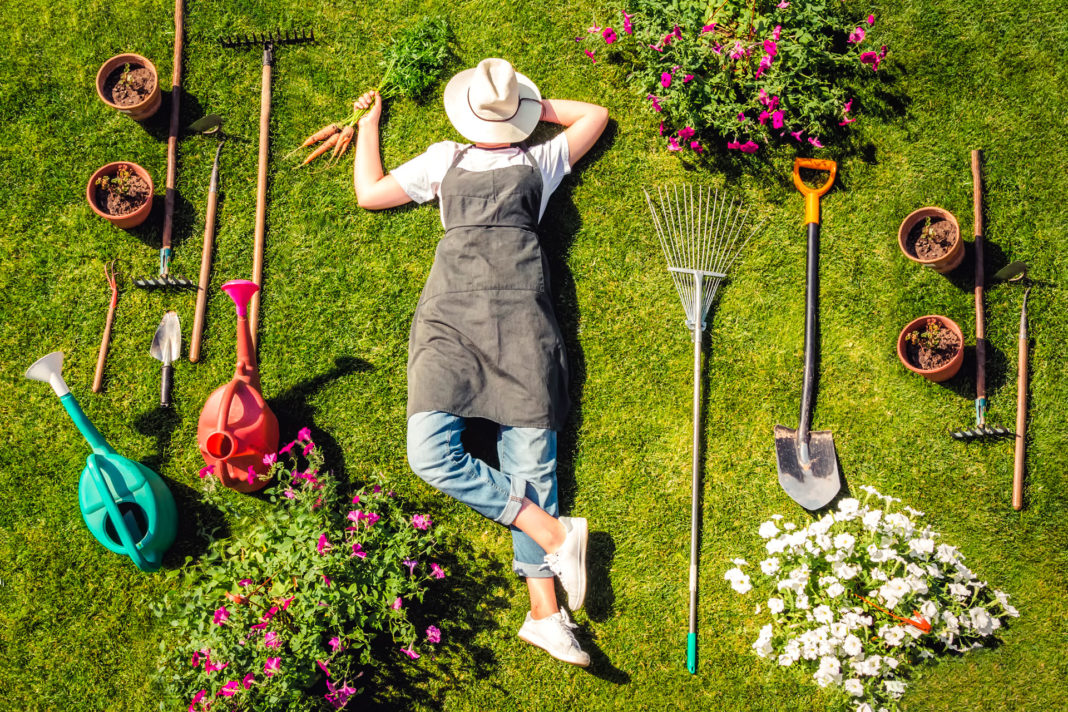Kitchen gardening requires restraint and patience. If that’s not you, never fear, some vegetables can give you a harvest in just thirty days
No matter whether you have access to a whole vegetable garden or a few plant pots, some veggies can be grown and harvested in just one month, while others will bear fruit in two. There’s nothing more motivating than taking care of plants and watching them grow, plus, you get to practice your patience too!
To start, you’ll need good soil rich in organic matter, compost and humus, or similar, to ensure healthy growth. They’ll also need at least six hours a day of direct light and watering. Keep a careful eye out for pests, especially if you want an organic crop, as they’re easier to tackle if detected early on.
Having a vegetable garden needn’t take up too much space, but another viable option is to use pots and keep them on your terrace or else, try planting climbers such as peas, that’ll grow against the wall, covering railings and supports.
One of the quickest veg off the block is watercress, which will have you harvesting sprouts in just ten days for delicious salads, soups and stews. Close on its heels come radishes, which can be harvested in twenty-five to thirty days. For two plentiful crops, they’re best planted at the beginning of spring and again at the end of summer, but ensure soil temperature never drops below 8ºC. Also in the running are lettuces, which bloom in less than thirty days, depending on variety. Other super-fast growers are chives, which take less than thirty days and broccoli, which will sprout after forty or fifty-five days if planted in spring.
A second group of vegetables that requires a tad more patience and between forty and sixty days before landing on your kitchen table includes delicious and nutritious pumpkin and baby carrots. The exact number of days depends on which variety you’re planting. Cucumbers and chard grown in sandy soil are rich in nutrients and with the sun’s heat take between fifty and fifty-f ive days.
A third group that will have you playing a longer waiting game includes those that need fifty to sixty days to see the light of day, such as beetroot, snow peas and beans. Spinach, too, may take longer, but it can provide two harvests if planted in spring and in late summer and in a soil temperature of more than 7°C.



